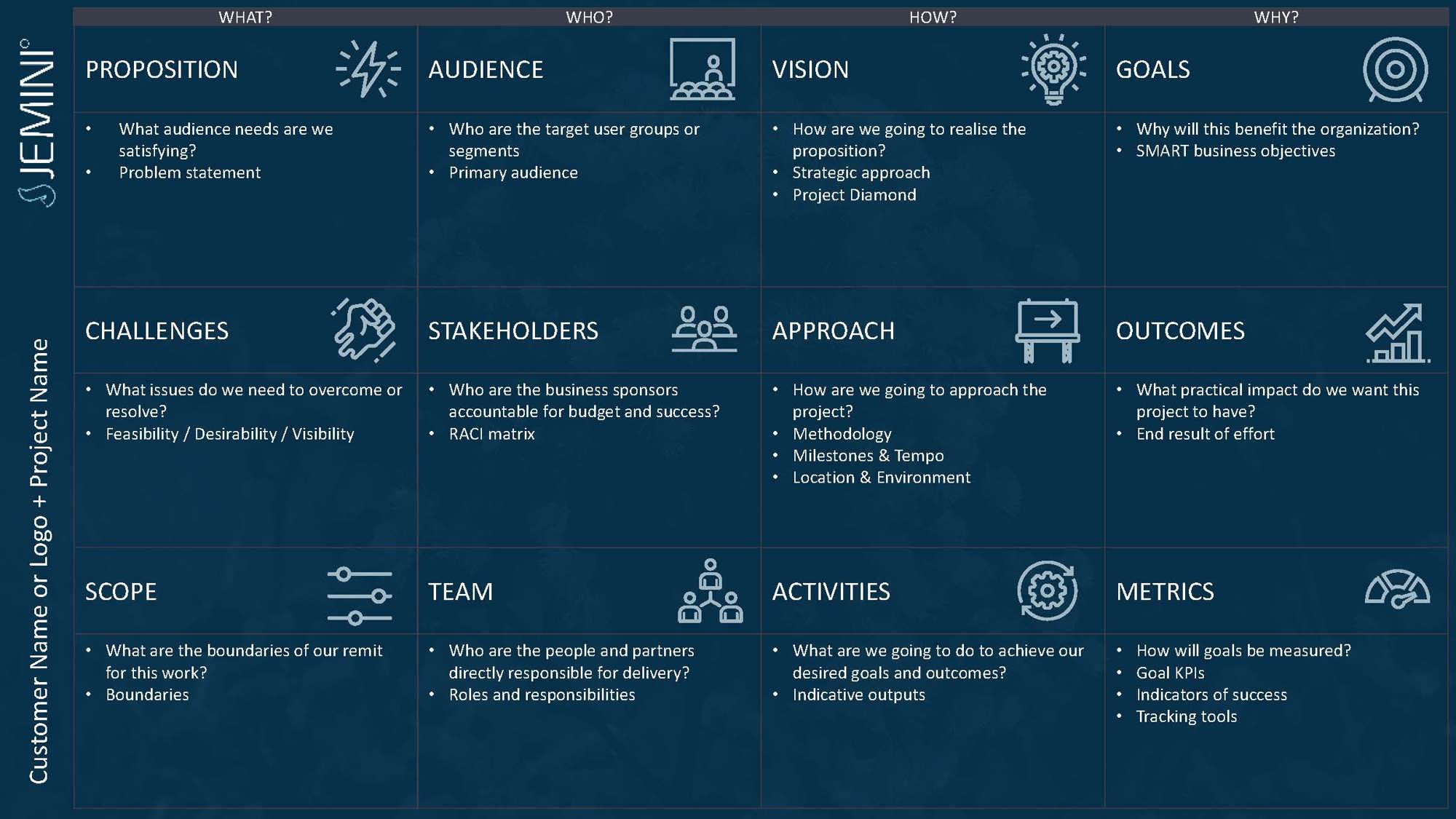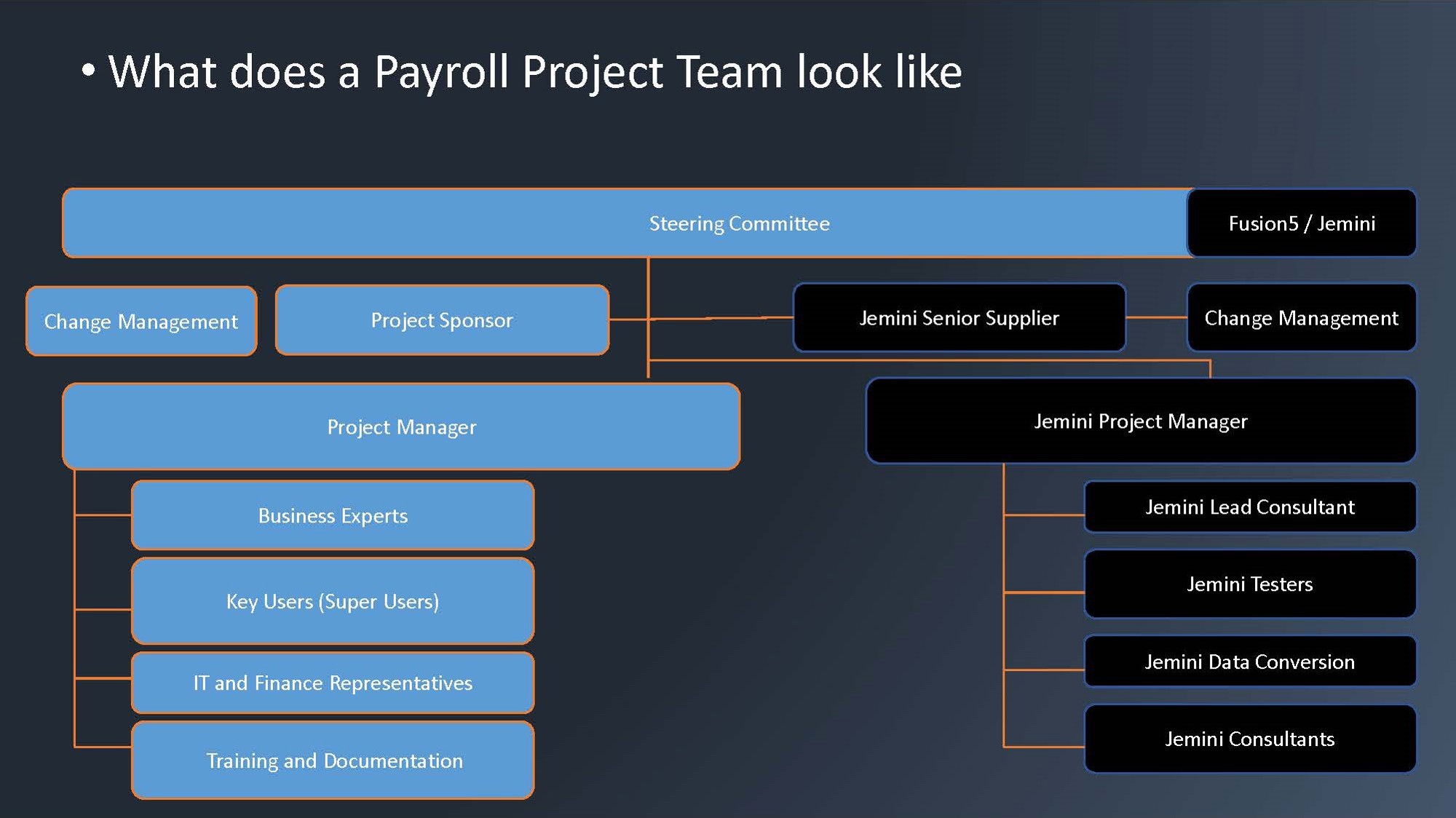The challenges of date migration
The complex nature of data migration
Migrating data, especially from legacy systems, is often the longest part of the process. Unlike the straightforward act of lifting and shifting data, it typically needs various data adjustments and mapping.
Ensuring data quality
Before starting the data transfer, it's important to understand its quality. Migrating outdated or incorrect data really just means complications later on. Instead, it's recommended to cleanse the data beforehand to ensure it aligns with the new system's requirements.
Skill and capability
Do you have a team competent enough to handle data extraction and migration? The complexities involved in pulling data, especially if it requires manipulation or mapping, necessitate expertise, such as from Jemini.
Automation and repeatability
The migration process often requires repetition, especially for testing and parallel runs. Hence, it's beneficial to make this process as repeatable and automated as possible, ensuring efficiency and reducing errors.
Deciding on relevant data
While certain data points are non-negotiable, you need to discern what's essential. For instance, consider if outdated employee information or organisational structures are relevant.
Historical data considerations
While some historical data may be non-negotiable due to regulatory requirements, it's essential to discern the need for other old records. Sometimes, the cost and effort to replicate outdated organisational structures to accommodate old data aren't justified.
Emphasis on data accuracy
Above all, the success of a data migration project hinges on the accuracy and relevance of the data. Ensuring data integrity, while balancing the need for historical records, plays a pivotal role in the project's success.











